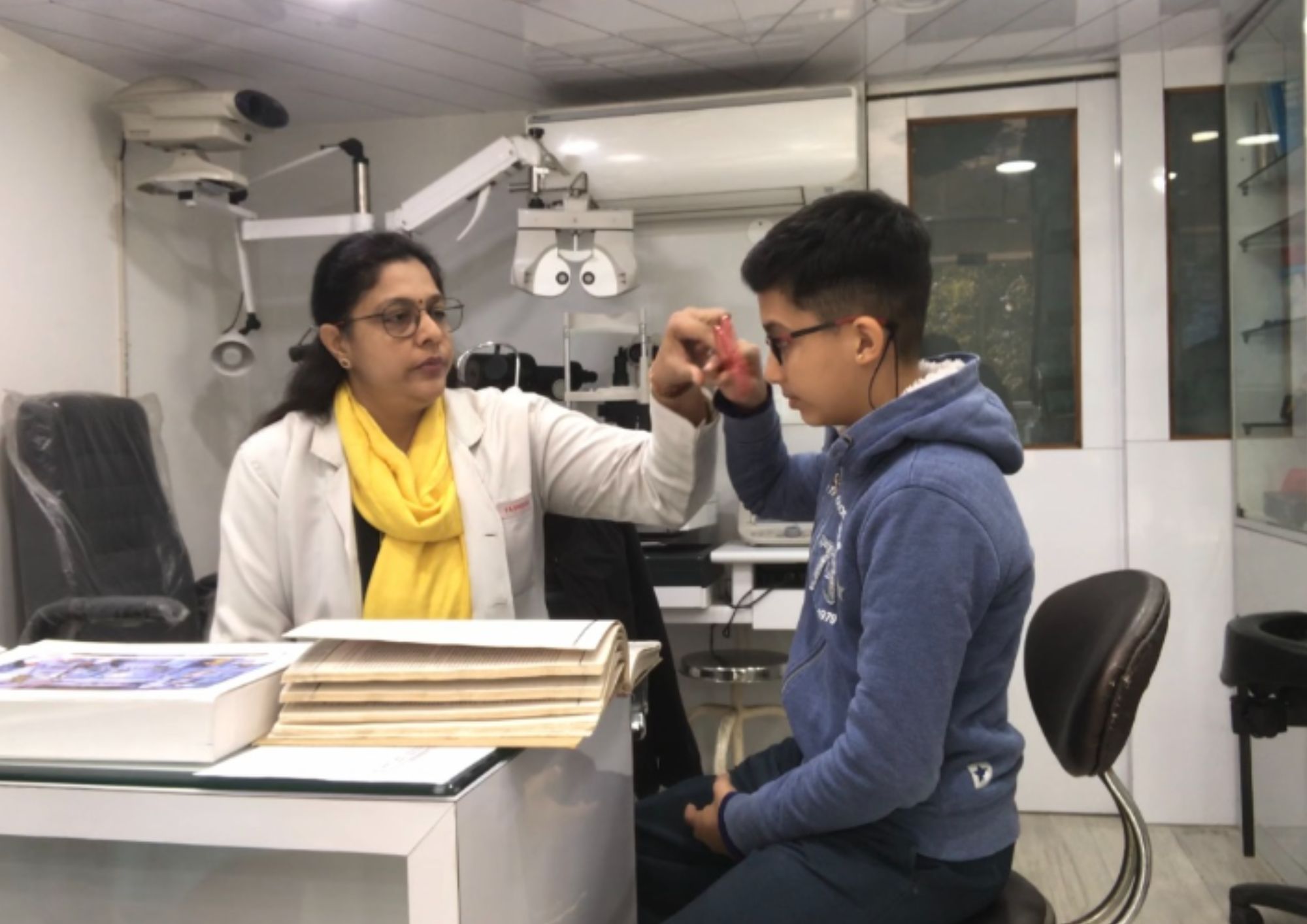The Duty of Advanced Diagnostic Tools in Identifying Eye Disorders
In the world of ophthalmology, the application of innovative diagnostic tools has actually reinvented the early identification and monitoring of different eye conditions. As the demand for specific and prompt diagnoses proceeds to expand, the integration of innovative tools like optical comprehensibility tomography and visual field screening has come to be vital in the realm of eye treatment.
Value of Early Medical Diagnosis
Early medical diagnosis plays a crucial function in the effective monitoring and treatment of eye problems. Timely recognition of eye conditions is crucial as it permits prompt treatment, possibly stopping further development of the disease and lessening long-term issues. By spotting eye conditions at an early stage, medical care companies can offer suitable therapy plans tailored to the certain problem, ultimately causing better results for individuals. Early diagnosis makes it possible for people to access required support services and resources faster, boosting their total quality of life.

Modern Technology for Identifying Glaucoma
Sophisticated analysis innovations play an important role in the very early discovery and monitoring of glaucoma, a leading root cause of irreparable loss of sight worldwide. One such technology is optical comprehensibility tomography (OCT), which supplies comprehensive cross-sectional photos of the retina, permitting the measurement of retinal nerve fiber layer thickness. This dimension is vital in assessing damages caused by glaucoma. An additional sophisticated tool is aesthetic field screening, which maps the sensitivity of an individual's visual area, assisting to find any type of locations of vision loss quality of glaucoma. Additionally, tonometry is utilized to measure intraocular pressure, a significant risk variable for glaucoma. This test is critical as elevated intraocular stress can lead to optic nerve damages. More recent innovations like the use of man-made knowledge algorithms in examining imaging information are showing appealing outcomes in the very early detection of glaucoma. These advanced diagnostic devices make it possible for ophthalmologists to identify glaucoma in its onset, permitting timely intervention and much better administration of the condition to stop vision loss.
Duty of Optical Coherence Tomography

OCT's ability to measure retinal nerve fiber layer thickness enables for accurate and objective dimensions, assisting in the very early discovery imp source of glaucoma also prior to aesthetic area defects become obvious. Generally, OCT plays a vital duty in boosting the analysis precision and monitoring of glaucoma, inevitably adding to far better results for individuals at danger of vision loss.
Enhancing Medical Diagnosis With Visual Area Testing
An important element in comprehensive ophthalmic assessments, aesthetic area screening plays a critical duty in enhancing the analysis process for numerous eye disorders. By analyzing the full extent of a client's visual field, this examination supplies vital info regarding the functional integrity of the whole aesthetic pathway, from the retina to the aesthetic cortex.
Aesthetic field screening is specifically useful in the diagnosis and monitoring of problems such as glaucoma, optic nerve disorders, and numerous neurological illness that can impact vision. Via measurable measurements of outer and main vision, clinicians can detect refined modifications that might suggest the presence or development of these disorders, also Read More Here before recognizable signs occur.
In addition, visual area testing enables for the monitoring of treatment efficiency, assisting eye doctors tailor restorative interventions to private people. eyecare near me. By tracking changes in aesthetic area performance gradually, doctor can make informed decisions concerning adjusting medicines, advising surgical interventions, or carrying out various other suitable procedures to maintain or improve a client's aesthetic feature
Managing Macular Degeneration

Conclusion
In verdict, advanced analysis tools play a crucial function in identifying eye problems at an early stage. Technologies such as Optical Comprehensibility Tomography and visual area testing have greatly enhanced the precision and effectiveness of detecting conditions like glaucoma and macular deterioration. Early discovery enables prompt treatment and administration of these problems, ultimately causing far better outcomes for individuals. It is important for medical care specialists to stay updated on these innovations to provide the finest feasible take care of their clients. eyecare near me.
Comments on “Local Glaucoma Service Near Me: Trusted Experts for Eye Health And Wellness”